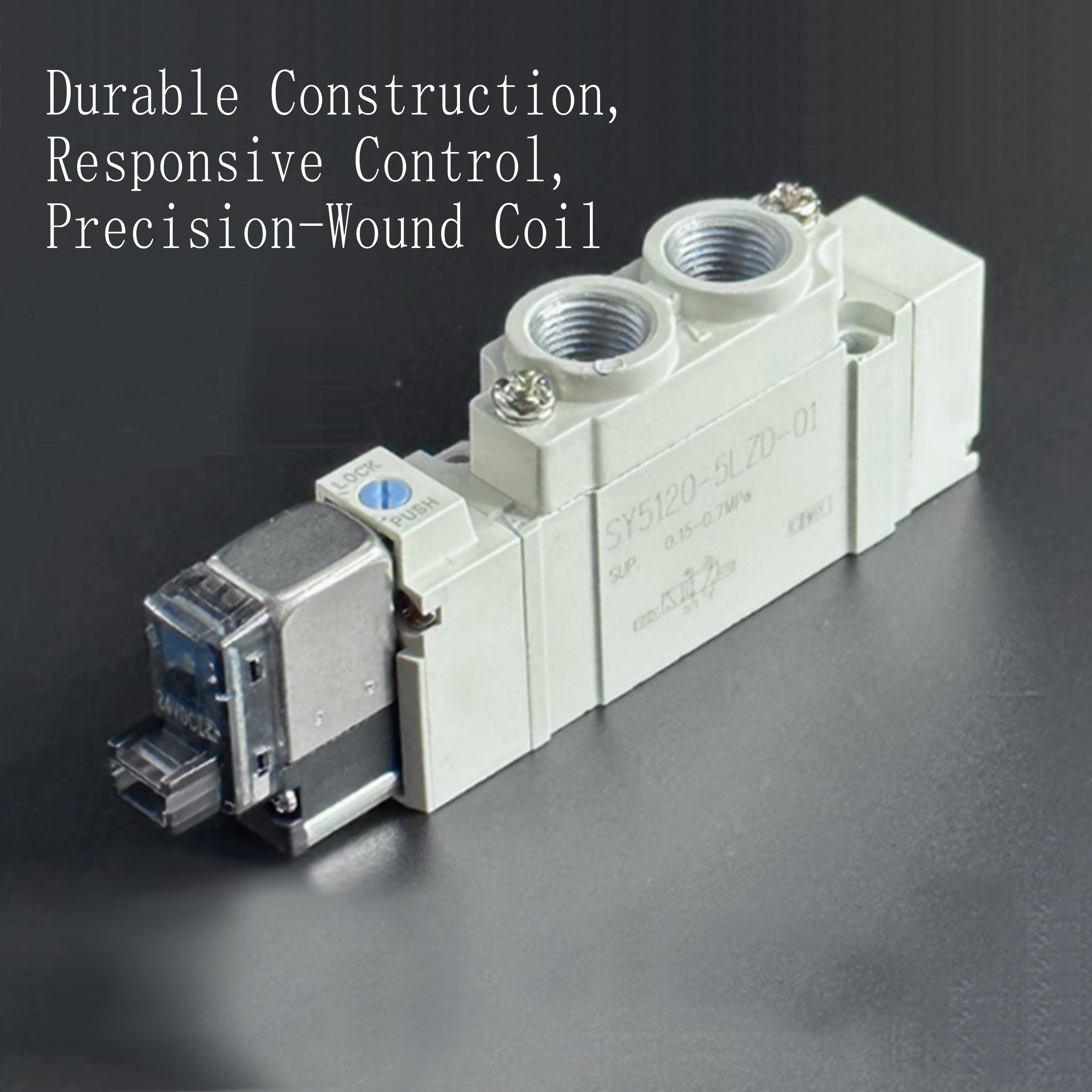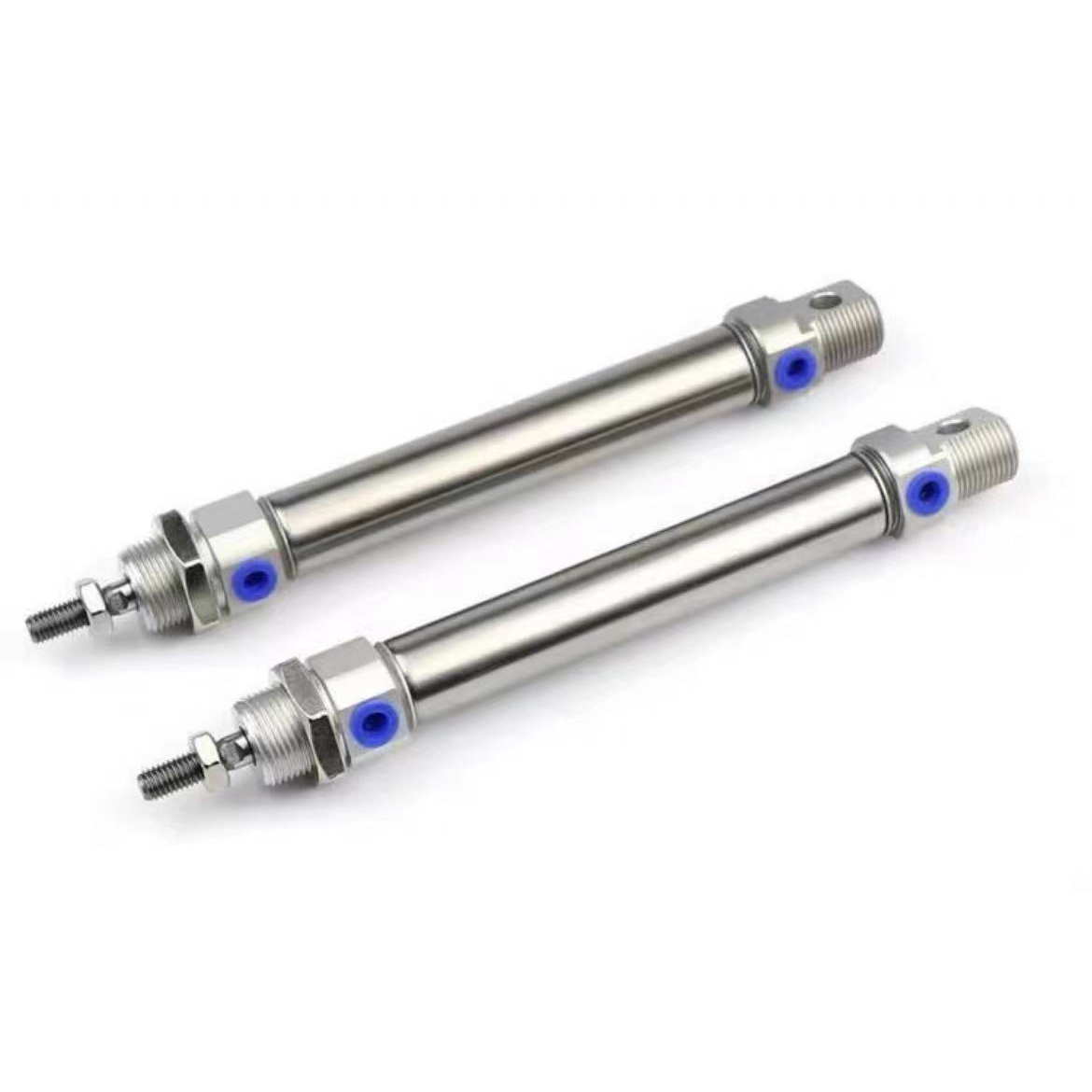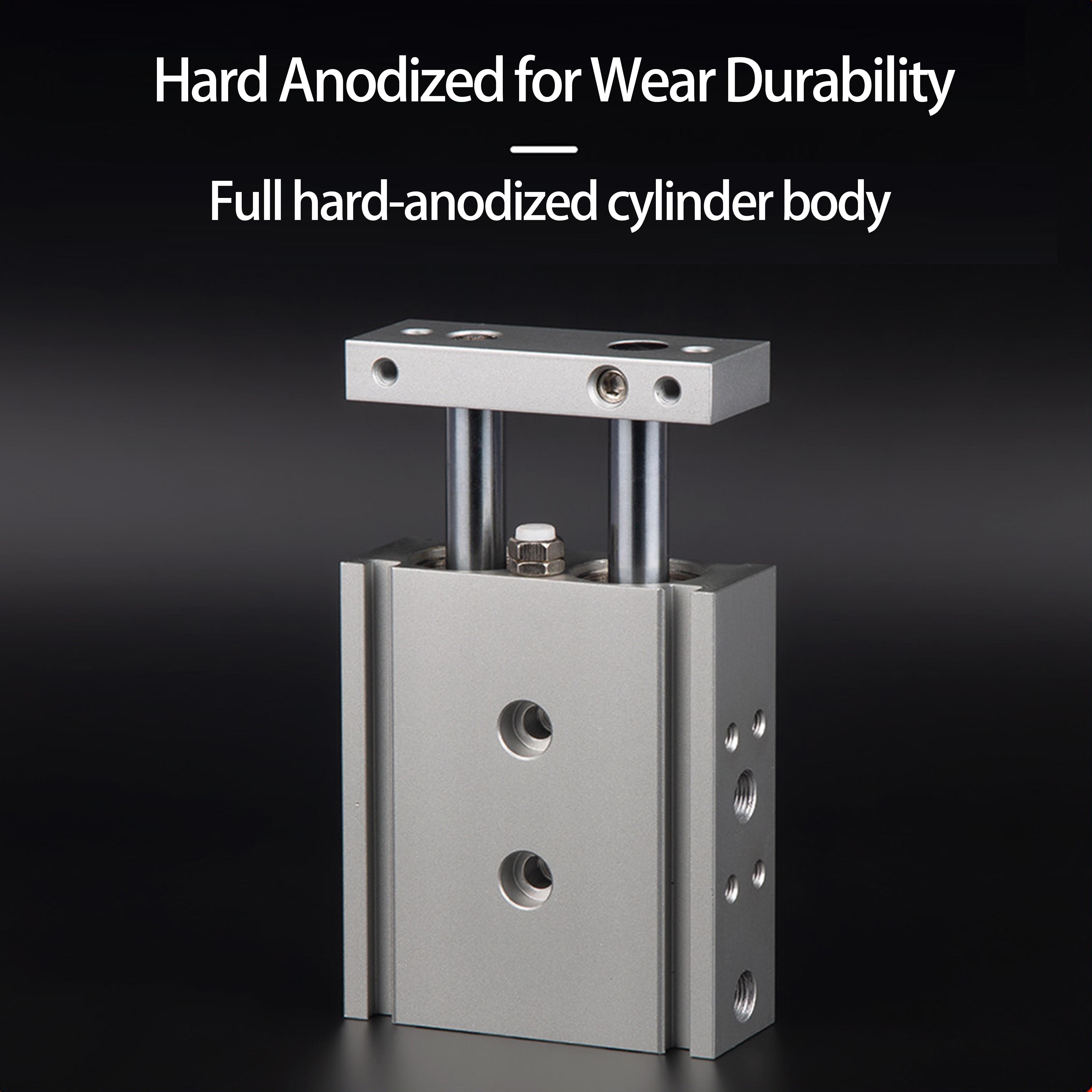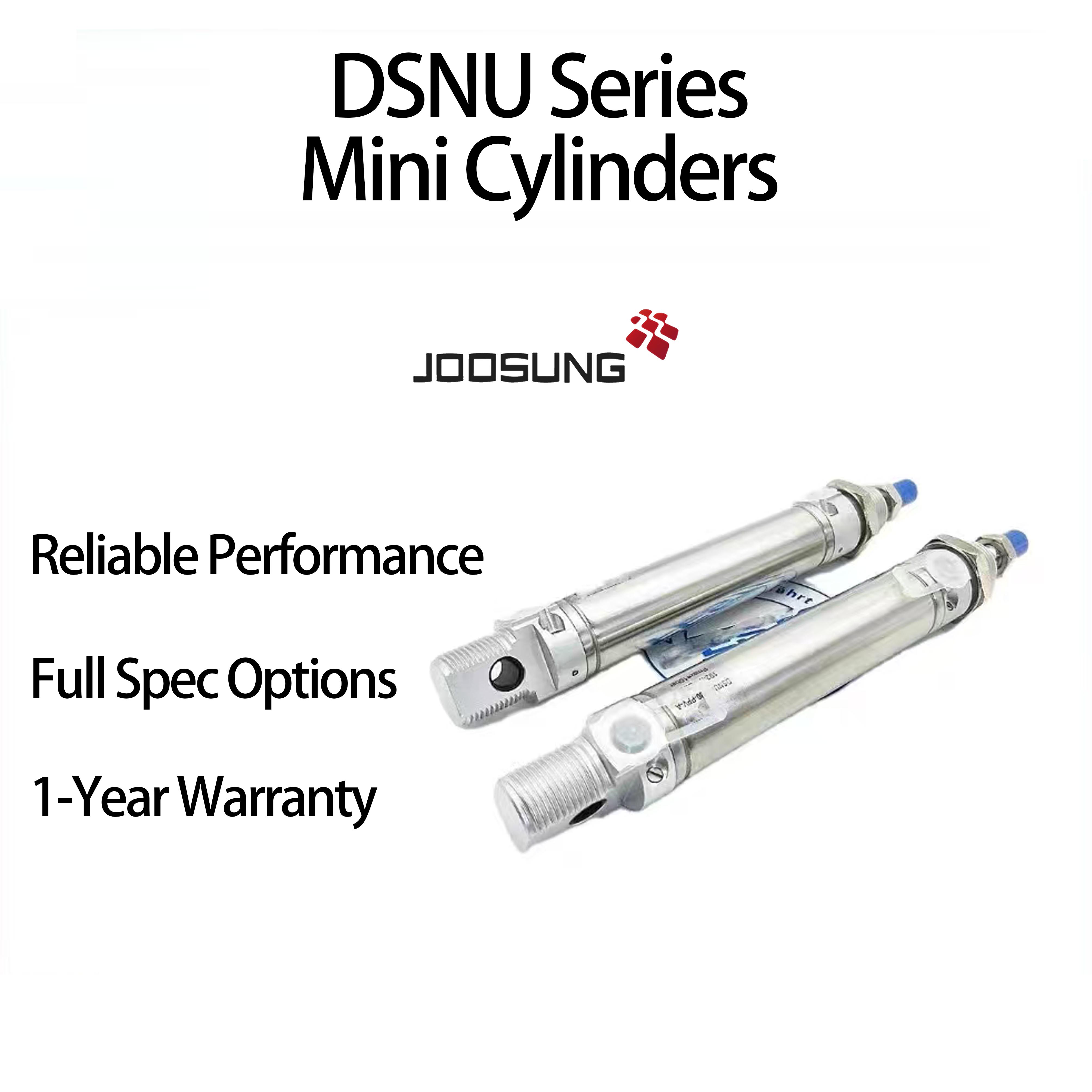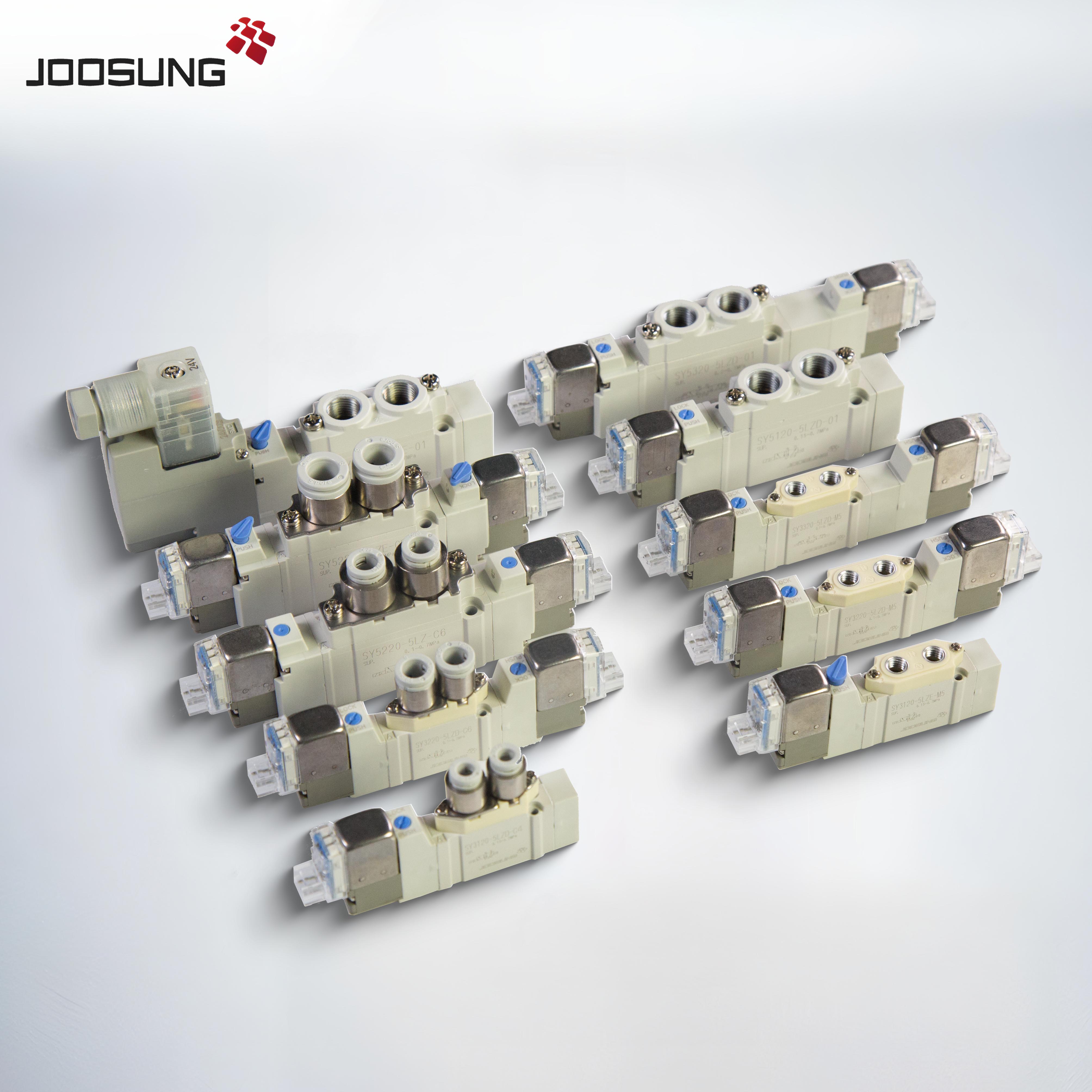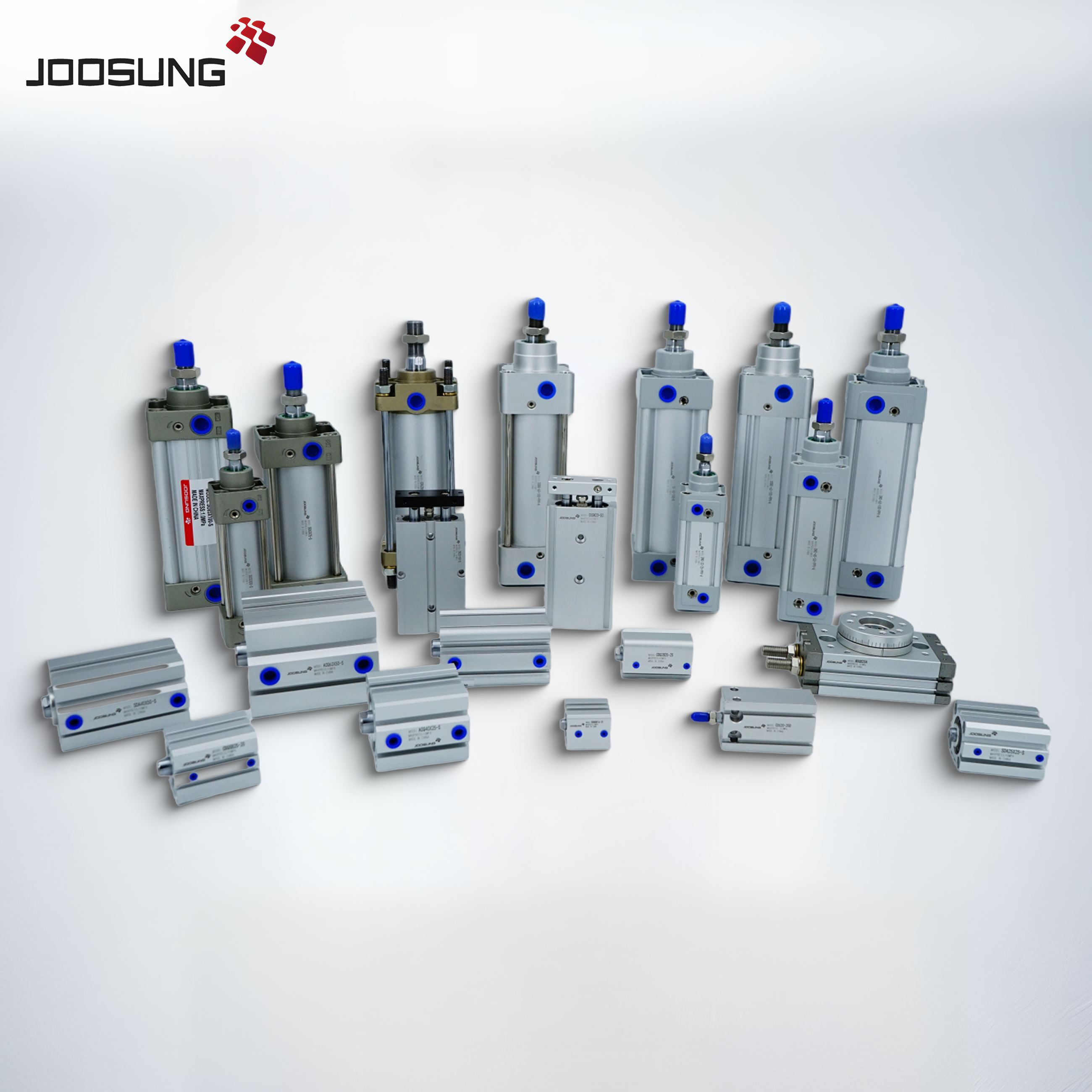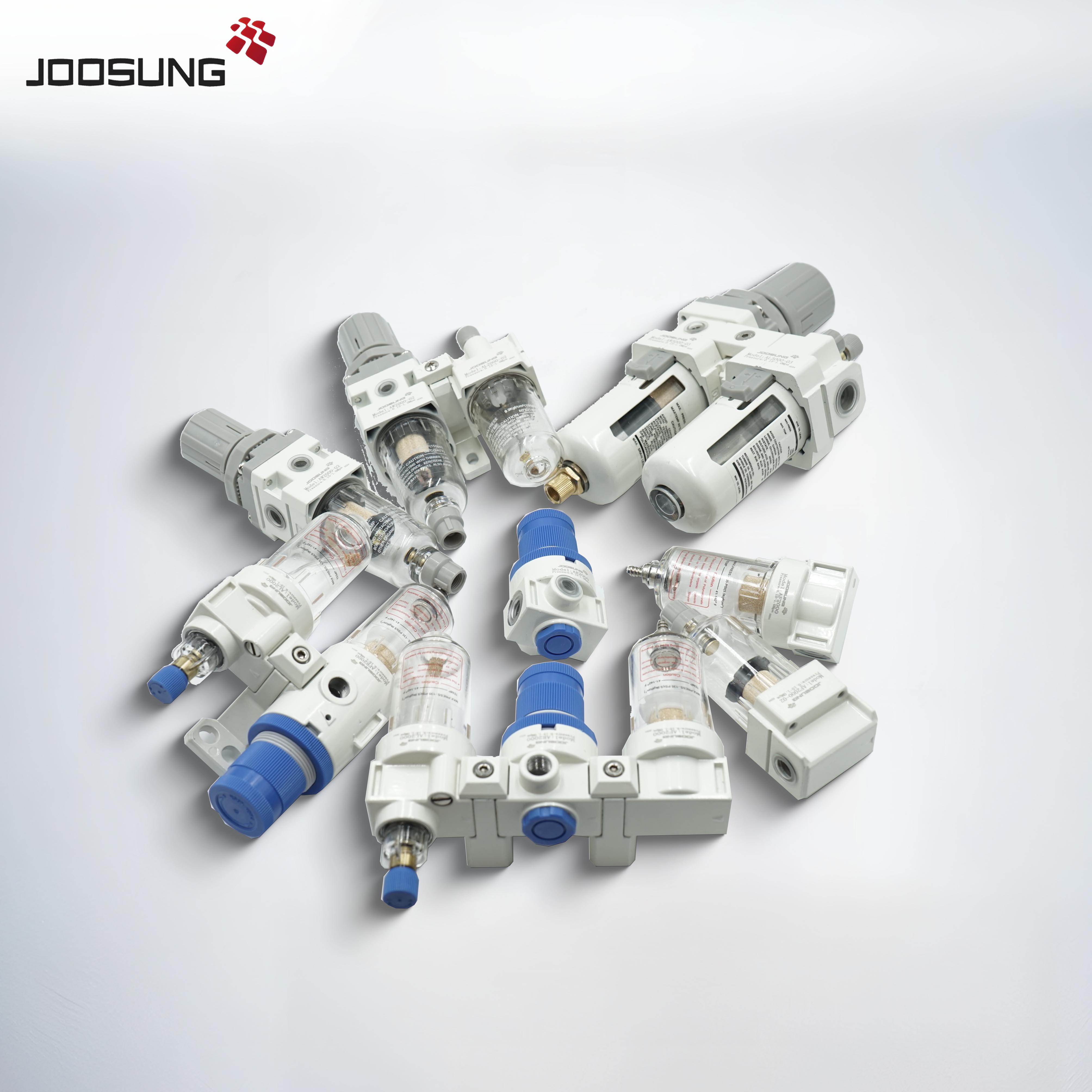 AC (Alternating Current) and DC (Direct Current) pneumatic solenoid valves are both widely used in industrial automation and fluid control systems, but they differ significantly in several key aspects. These differences primarily relate to their electrical characteristics, operational behavior, and suitability for various applications. Below are the key differences between AC and DC pneumatic solenoid valves:
AC (Alternating Current) and DC (Direct Current) pneumatic solenoid valves are both widely used in industrial automation and fluid control systems, but they differ significantly in several key aspects. These differences primarily relate to their electrical characteristics, operational behavior, and suitability for various applications. Below are the key differences between AC and DC pneumatic solenoid valves:
1. Power Supply Type
- AC Solenoid Valves:
- Operate on alternating current (AC) power (typically 50-60 Hz).
- Common voltages include 110V AC, 220V AC, and 24V AC (sometimes used in special applications).
- The solenoid coil is designed to work with the alternating nature of AC power.
- DC Solenoid Valves:
- Operate on direct current (DC) power, typically 12V DC or 24V DC.
- DC solenoids are designed to use steady, constant current to actuate the valve.
2. Current Flow Characteristics
- AC Solenoid Valves:
- The current alternates in direction and intensity, which causes the solenoid coil to magnetize and demagnetize continuously.
- The magnetic field generated by AC power is less consistent due to the cyclical nature of the current.
- AC solenoids may require a starter or relay to handle inrush currents when they are initially powered on, as AC voltage creates a large initial current spike.
- DC Solenoid Valves:
- The current flows in one direction (constant), which results in a steady magnetic field.
- The coil produces a more stable and continuous force, which can result in more precise valve control.
- DC solenoids generally do not have the inrush current issue seen with AC solenoids, making them more energy-efficient.
3. Magnetic Field and Operation
- AC Solenoid Valves:
- The alternating current causes the solenoid coil to magnetize and demagnetize with each cycle of the AC supply, which can lead to vibration and wear on moving parts.
- Saturation of the magnetic core may occur due to the alternating nature of AC, potentially reducing the efficiency and response time of the valve.
- AC solenoids may require a larger coil to generate the same force as a DC solenoid, due to the inconsistent magnetic field.
- DC Solenoid Valves:
- The steady flow of DC creates a continuous magnetic field, resulting in smoother and more precise operation.
- DC valves generally provide better control and force than AC valves in applications where precise actuation is required.
4. Size and Design
- AC Solenoid Valves:
- Often have larger coils compared to DC solenoids because of the less efficient magnetic field created by alternating current.
- May require additional components such as capacitors or resistors to manage the inrush current and ensure proper valve operation.
- DC Solenoid Valves:
- Generally have smaller coils compared to AC solenoids for the same force output, thanks to the steady nature of DC current.
- The magnetic field is more consistent, meaning that less power is required to achieve the same force output, making DC valves more compact and energy-efficient.
5. Response Time
- AC Solenoid Valves:
- The valve may have a slower response time due to the continuous changes in the magnetic field as AC current alternates.
- The cyclic nature of the AC power also means that the valve's response may not be as sharp or precise in some cases.
- DC Solenoid Valves:
- Typically exhibit faster response times and more accurate control due to the constant magnetic field. DC-powered solenoids are more precise in their operation, making them suitable for applications that require quick and accurate actuation.
6. Energy Efficiency
- AC Solenoid Valves:
- Less energy-efficient due to the need for larger coils and potential power loss from the continuous magnetization and demagnetization.
- The alternating current can result in greater heat generation and less efficient energy use in some designs.
- DC Solenoid Valves:
- More energy-efficient because the magnetic field is steady, and the coil size is smaller.
- DC valves typically consume less power than AC valves, making them better suited for battery-operated systems or situations where low power consumption is crucial.
7. Applications
- AC Solenoid Valves:
- Ideal for high-power applications, such as controlling larger machines or equipment where precise control is not as critical.
- Commonly used in applications such as air conditioning, heating systems, and industrial automation where AC power is available.
- DC Solenoid Valves:
- Well-suited for precise control and low-power applications.
- Common in automated systems, robotics, medical devices, automotive applications, and battery-powered systems.
- DC valves are also preferable when using solar power, batteries, or when operating in portable devices.
8. Cost and Maintenance
- AC Solenoid Valves:
- AC solenoids tend to be cheaper than DC solenoids for larger-scale applications, but they can be more expensive to maintain because of the additional components required for handling AC power and inrush currents.
- DC Solenoid Valves:
- DC solenoids can be more expensive upfront due to the more efficient design, but they are typically lower maintenance since they have fewer moving parts and do not require additional components to manage inrush currents.
9. Safety Considerations
- AC Solenoid Valves:
- Higher risk of electrical shock and safety concerns due to the high voltage of typical AC systems (e.g., 110V or 220V AC).
- Special safety precautions need to be taken when handling AC-powered equipment to avoid electrical hazards.
- DC Solenoid Valves:
- Safer in terms of electrical shock risk, especially in low voltage systems (e.g., 12V or 24V DC). However, precautions are still necessary, particularly in high-power DC circuits.
Summary of Key Differences:
| Aspect | AC Pneumatic Solenoid Valves | DC Pneumatic Solenoid Valves |
|---|---|---|
| Power Supply | Alternating current (AC) | Direct current (DC) |
| Magnetic Field | Alternates (less consistent) | Steady and continuous |
| Coil Size | Larger coils required | Smaller, more efficient coils |
| Response Time | Slower, less precise due to AC fluctuations | Faster, more precise due to constant current |
| Energy Efficiency | Less efficient, higher power consumption | More efficient, lower power consumption |
| Applications | Larger, high-power systems (e.g., HVAC, industrial) | Precise control, low-power systems (e.g., robotics, medical) |
| Cost | Typically cheaper upfront for larger-scale applications | Generally more expensive but more energy-efficient |
| Maintenance | Requires handling of inrush currents and extra components | Easier maintenance with fewer components |
| Safety | Higher voltage, greater electrical hazard | Lower voltage, safer in terms of electrical shock |
In conclusion, the choice between AC and DC solenoid valves depends on your specific application requirements—whether you need energy efficiency, precise control, or a cost-effective solution for a high-power system.


